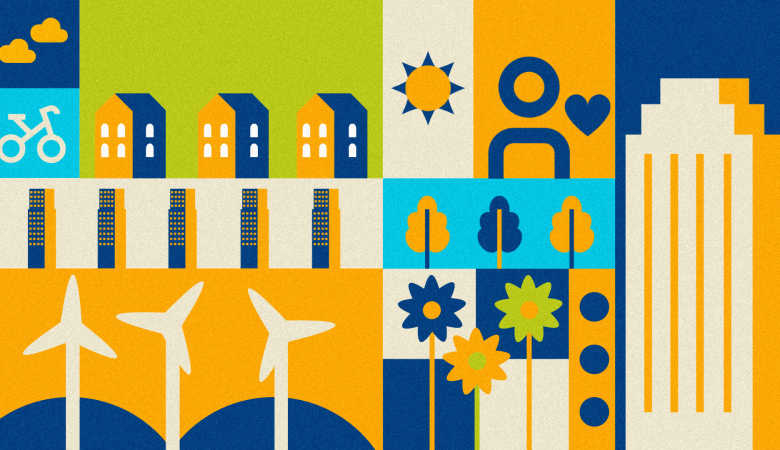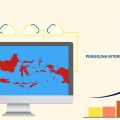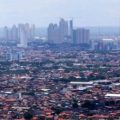The Sustainable Development Goals (SDGs), also known as the Global Goals, were adopted by the United Nations in 2015 as a universal call to action to end poverty, protect the planet, and ensure that by 2030 all people enjoy peace and prosperity. The 17 SDGs are integrated—they recognize that action in one area will affect outcomes in others, and that development must balance social, economic and environmental sustainability.
In 2015, the United Nations Sustainable Development Goals (UN SDGs) were adopted by all UN Member States as a universal call to action to deliver a series of global socio-economic and environmental ambitions by 2030. A great deal of the Sustainable Development Goals involve cities and the strategies needed to meet the needs of growing and aging populations and tackle rises in crime, an increasing wealth gap and air and noise pollution. While all SDGs are interdependent, SDG No 11 is specifically ‘to make cities and human settlements inclusive, safe, resilient and sustainable’.
Referring from egov.unu.edu, the global urban population is expected to grow by 63% between 2014 and 2050 against the 32% total population growth in the same period, the fastest increase occurring among megacities hosting over 20 million inhabitants and located mostly in developing countries. The trend creates unprecedented sustainability challenges. In 2015, 828 million people lived in slums, lacking basic services such as drinking water and sanitation; the figure increases by 6 million people every year.
At the same time, cities are taking action to minimize the impacts of the built environment on quality of life. Given that many different organizations are involved in creating this environment, developing and understanding of the current situation and being able to simulate the impact of different plans is highly valuable. Again, emerging technologies have a key part to play. Spatial computing, for example, combines virtual reality with text, sound or images that enhance the user’s understanding and experience. By creating a spatial model of a city, city planners and others can simulate scenarios to understand and analyse the effects of any changes.
Smart City initiatives can help overcome the limitations of traditional urban development that tends to manage urban infrastructure systems in silos. By leveraging the pervasive character of data and services offered by digital technologies, such as Cloud Computing, the Internet of Things, or Open Data, they help connect different city stakeholders, improve citizen involvement, offer new and enhance existing services, and provide context-aware views on city operations. Smart City development is, however, highly complex, challenging and context-specific. The challenges include different discourses used by technologists and policymakers, lack of capacity to connect urban sustainability challenges to actionable approaches, and pressures on social and territorial cohesion requiring unique governance solutions.
Copenhagen aspires to be the world's first carbon-neutral city by 2025, and Denmark is committed to becoming fossil-fuel-free by 2050. Over a third of all transportation fossil-fuel consumption has been removed through sustainable transportation alone, resulting in a reduction of 90,000 tons of greenhouse gas emissions each year. The city makes clever use of wireless data from mobile devices, GPS in buses, and sensors in sewers and garbage cans to assess the state of the city in real time and make improvements to decrease traffic, air pollution, and CO2 emissions.
Well, what about you Smart People? What kind of innovation about sustainable development would be suitable for our future cities? Drop your comment below!
Author : Mia Patricia | Illustrator : Rizky Sabilurrasyid
References :
- https://egov.unu.edu/research/smart-cities-for-sustainable-development.html#outline
- https://www.disruptive-technologies.com/blog/the-top-20-sustainable-smart-cities-in-the-world
- https://www.linkedin.com/pulse/how-smart-cities-can-help-achieve-uns-sustainable-goals-di-franco
- https://www.undp.org/sustainable-development-goals





